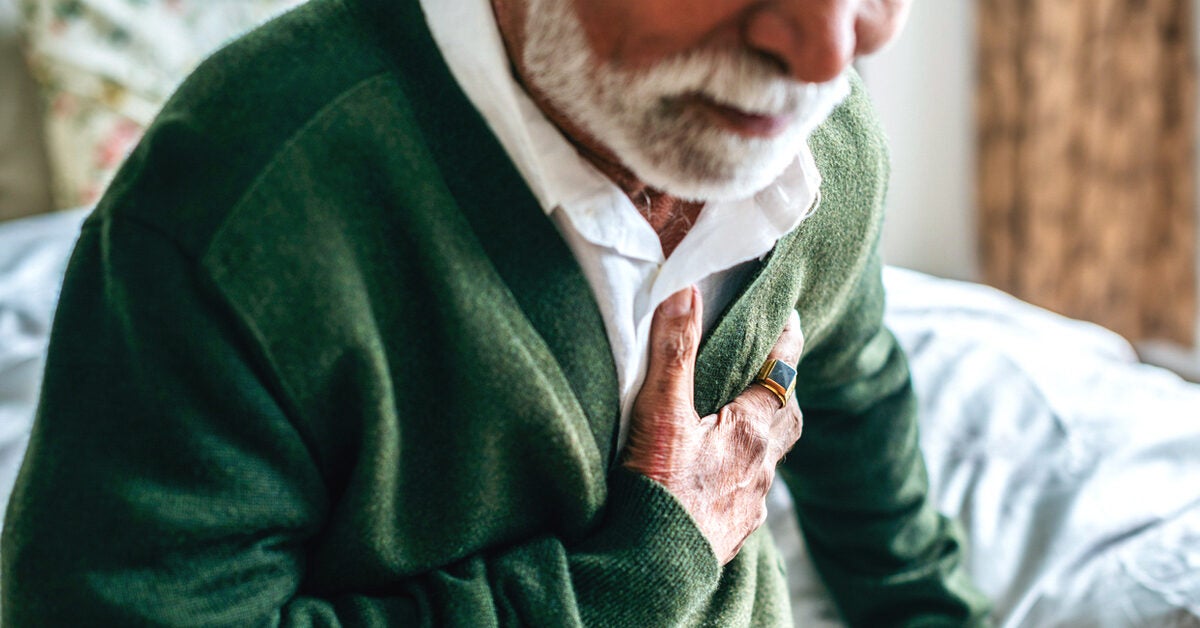

There is a small amount of fluid between the two layers of the membrane, which acts as a lubricant and helps minimize friction of the lungs when they expand when breathing. Any disease that affects the membrane of the lungs can cause chest pain when breathing. Non-Cardiac Chest Pain.Chest pain during inhalation or exhalation is one of the manifestations of serious diseases of the lungs, heart or blood vessels, as well as injuries or diseases of the gastrointestinal tract.ĭoctors believe that chest pains in diseases of the lungs most often occur due to disorders in the pleural membrane that surrounds the lungs. Exercise as treatment for anxiety: Systematic review and analysis.

Stonerock GL, Hoffman BM, Smith PJ, Blumenthal JA. How breath-control can change your life: A systematic review on psycho-physiological correlates of slow breathing. Long-term benefits of smoking cessation on gastroesophageal reflux disease and health-related quality of life. Foods inducing typical gastroesophageal reflux disease symptoms in Korea. Elevated cortisol in older adults with generalized anxiety disorder is reduced by treatment: a placebo-controlled evaluation of escitalopram. Spontaneous coronary artery dissection-A review. Hypertrophic cardiomyopathy: the future of treatment. Tuohy CV, Kaul S, Song HK, Nazer B, Heitner SB. Pulmonary embolus (pulmonary embolism).Ĭleveland Clinic. Pleuritic chest pain: Sorting through the differential diagnosis. Phosphodiesterase 4 inhibitors for chronic obstructive pulmonary disease. Understanding the impact of symptoms on the burden of COPD. Repeated use of albuterol inhaler as a potential cause of Takotsubo cardiomyopathy.

Presentation and management of herpes zoster (shingles) in the geriatric population. COVID-19 symptoms.Ĭohen KR, Salbu RL, Frank J, Israel I. Primary Care: Clinics in Office Practice. Evaluation and treatment of musculoskeletal chest pain. Causes of chest pain in primary care-a systematic review and meta-analysis. Haasenritter J, Biroga T, Keunecke C, et al. It doesn’t clear up congestion, but it may help you breathe a little easier and relieve some chest tightness. Most have a menthol-based ingredient thought to help clear airways, though there is no scientific evidence to prove this. Use a vapor rub: Vapor rubs are topical ointments that you rub on your chest and throat area.Though they are not a cure for chest tightness or the virus that may be causing your infection, these drugs-available over the counter in liquid, tablet, or nasal spray form-can help reduce symptoms. Take a decongestant: Decongestants may help break up mucus and clear the congestion in your chest and nose.You may benefit from adding peppermint essential oil to the water in your humidifier to help clear mucus from your lungs. Try using it at night near your bed so you can sleep better. Use a humidifier: Steam from a humidifier (or hot shower) can help clear up congestion.Try sipping tea, soup broth, or water throughout the day to help relieve congestion. Warm fluids, in particular, can help clear mucus from the chest and nose. Drink fluids: Fluids help thin out mucus that causes chest congestion.


 0 kommentar(er)
0 kommentar(er)
